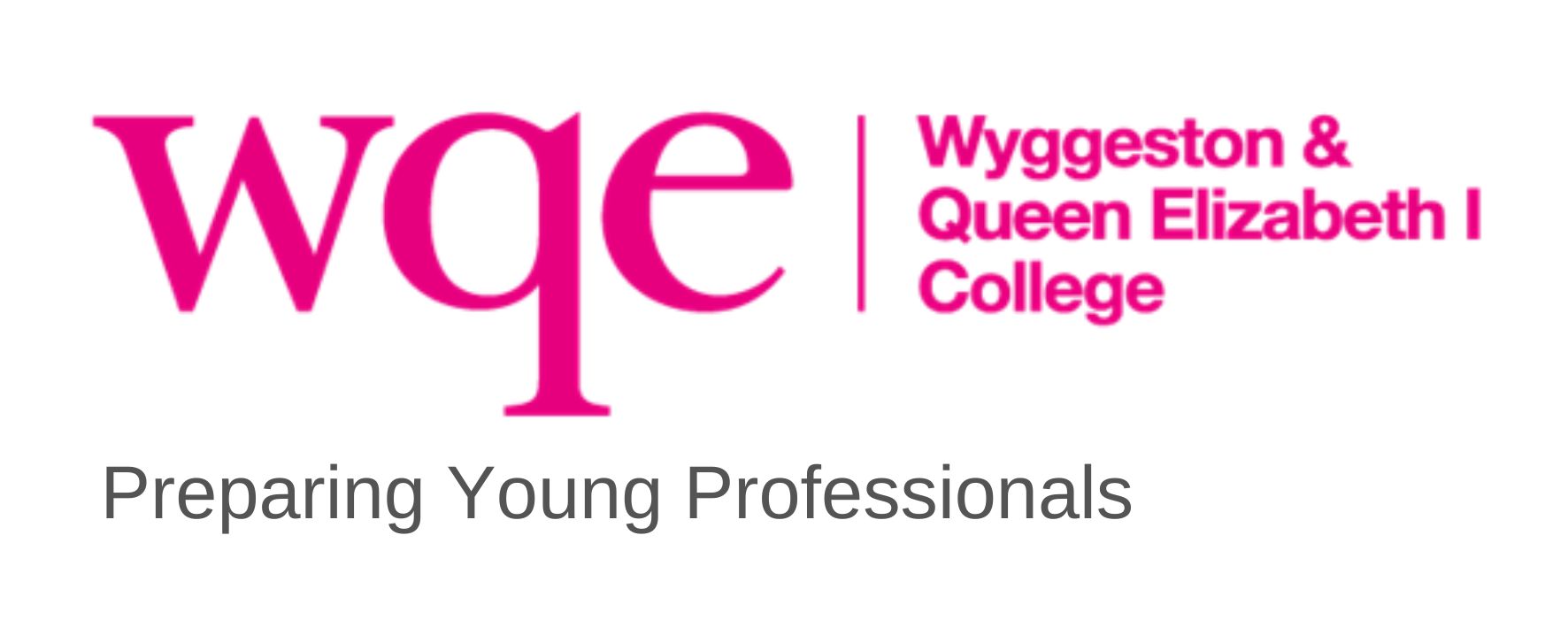Course Overview
Entry Qualifications
In addition to the standard College entry requirements (see below), this course normally requires a student to have achieved Grade 4 or above in a GCSE Art and Design course or Grade 4 in GCSE Design and Technology (Graphic Products or Resistant Materials). To fully support students who have gained a Grade 4 in GCSE in an Art and Design or Design Technology subject, or those who have not had the opportunity to study these subjects at GCSE, we will ask you to do a short drawing task as part of the enrolment procedure. This is to ensure you can successfully meet the rigours of the course. It would also be helpful for students to bring with them examples of their creative work on enrolment day.
What will I study?
The course covers a broad range of traditional techniques including drawing and visualising, painting and mixed media. The use of typography is integral to all projects, either hand rendered, or computer generated. Professional graphics packages are used throughout the course, with a focus on Adobe Illustrator and Photoshop. There will be opportunities to develop animation and Web Design skills. The course is carefully structured to develop the skills you need and then gives you more freedom to develop your strengths and interests. Students produce work ranges from mixed media illustration, even using 3D elements, to highly technical web sites. The meaning and message of the work and the way that it communicates distinguishes this subject from other specialisms in art and design.
How will I study?
We have a well-equipped Graphic Design studio and a suite of and desktop computers.
How is the course examined?
The course has two components. Over the two years, students put together a portfolio which demonstrates that they can:
• Draw together the knowledge, understanding and skills learned in different parts of the course
• Select and present work which demonstrates their strengths across the areas of knowledge and the range of skills and shows their ability to sustain their own lines of enquiry
• Bring together and make connections between the areas of knowledge, the work of artists and designers and apply this to the briefs set.
In Component 1, students develop work based on ideas, concept or theme leading to a finished outcome or a series of related finished outcomes. Practical elements should make connections with some aspect of contemporary or past practice of artists and designers and include written work of no more than 3000 words which supports the practical work. This component is 60% of the overall marks. In Component 2, students respond to a stimulus, provided by AQA, to produce work which provides evidence of their ability to work independently within specified time constraints, developing personal and meaningful design. This is 40% of the overall marks.
Where next?
Most students wishing to continue in this field would be advised to complete the one-year Foundation Course in Art and Design immediately after A-level in order to progress to higher education.
What does the course combine well with?
The Art and Design field is extremely competitive and students wishing to continue their studies after A-level would be advised to take A-level Art alongside this course, and possibly a third Design-related subject.
College Entry Requirements
We normally expect applicants to have achieved good GCSE passes in at least six subjects, these must:
• demonstrate the suitability for Advanced Level study
• have been achieved at Grade 4/C as a minimum
• include two at Grade 5/B as a minimum
• include English Language – a minimum grade of 4/C
Mathematics – If not achieved within the scope of the above should normally be achieved at grade 3/D. If mathematics is not achieved at grade 4/C then it will be a requirement to continue to study at the correct level until a grade 4 is achieved. Subjects with a mathematical content will require a higher grade.


